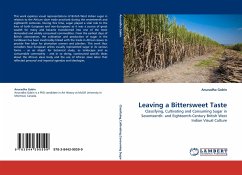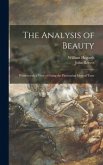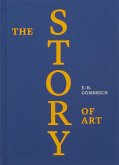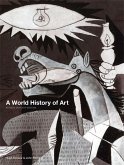This work explores visual representations of British West Indian sugar in relation to the African slave trade practiced during the seventeenth and eighteenth centuries. During this time, sugar played a vital role to the lives of both European and non-Europeans as it was a source of great wealth for many and became transformed into one of the most demanded and widely consumed commodities. From the earliest days of British colonization, the cultivation and production of sugar in the Caribbean has been inextricably linked with the trade in African slaves to provide free labor for plantation owners and planters. This work thus considers how European artists visually represented sugar in its various forms as an object for botanical study, as landscape and as consumable commodity and in so doing, constructed specific ideas about the African slave body and the use of African slave labor that reflected personal and imperial agendas and ideologies.
Bitte wählen Sie Ihr Anliegen aus.
Rechnungen
Retourenschein anfordern
Bestellstatus
Storno








